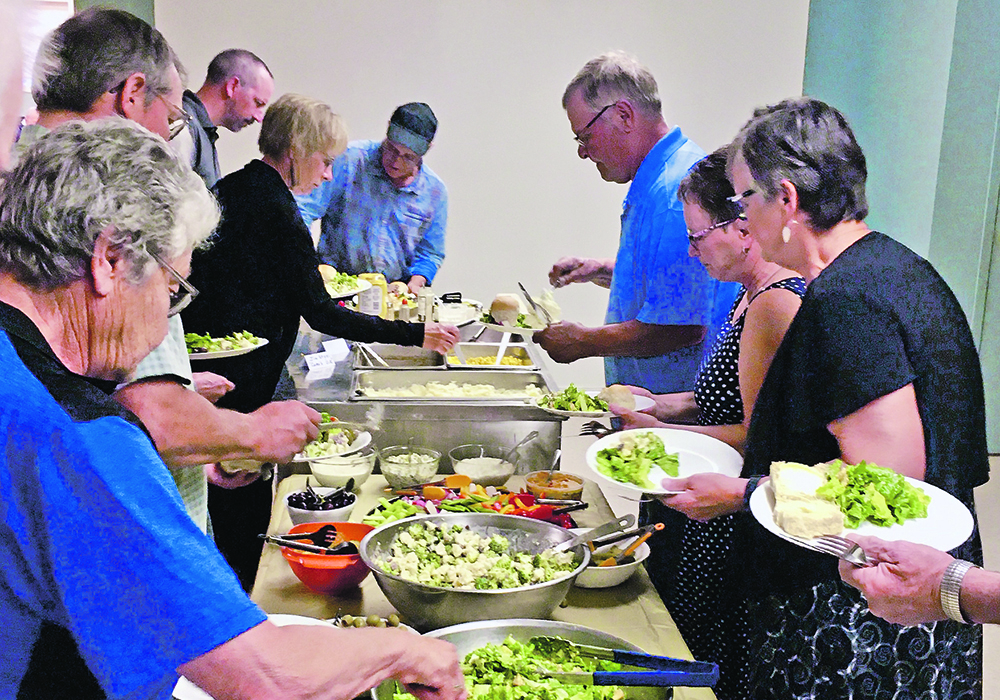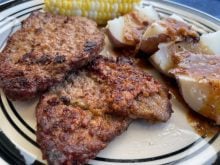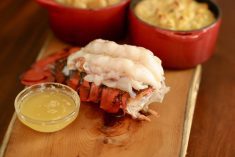Fowl suppers were an annual event in the farming community where I grew up. It was a time for everyone to get together and socialize after the busy harvest.
Tables were set in the basement of our small country church and the ladies served a full turkey dinner. Pies were made by the neighbours and were a favourite ending to a nice meal.
Most of the food was donated by neighbours. It was a popular annual fundraiser for the church. Volunteers made the meal, set up the tables, served it and cleaned up.
Read Also

AgriStability updates offer stronger support for farmers
One of the most significant updates to the AgriStability program for the 2025 program year is the increase in the compensation rate.
The tradition continues. Throughout October and November, communities throughout the Prairies, small and large, offer their fall suppers. Food served is often regional so it is now usually called a fall supper. Some communities serve traditional cabbage rolls, perogies and sausages rather than a turkey dinner.
Lemon Meringue Pie
Pastry for a single 10-inch pie plate 25 cm
Filling:
- 1/2 c. unsalted butter, room temperature 125 mL
- 1 c. sugar 250 mL
- 1/3 c. cornstarch 75 mL
- 3 large eggs,room temperature
- 3 large egg yolks,room temperature
- 1 1/2 c. water 375 mL
- 1/2 c. fresh lemon juice,about 5 lemons 125 mL
- 1 tbsp. grated lemon zest 15 mL
Meringue:
- 3 large egg whites,room temperature
- 1/4 c. fine sugar 60 mL
Bake the unfilled pie shell first. Line a pie plate with pastry, trim and crimp edges. Prick all over with a fork. Place a sheet of parchment paper in the pie shell and fill with dried lentils. Bake at 400 F (200 C) for 15 minutes. Remove from oven and cool slightly. Remove lentils and parchment paper. Return to oven until the pie crust is fully baked. Set aside.
Make the meringue by whipping the room temperature egg whites to soft peak stage. Then slowly add sugar and beat to hard peak stage. Set aside.
Make the filling by whisking sugar and cornstarch together. Beat the butter with the sugar mixture in a stand mixer fitted with the paddle attachment until it’s light and fluffy. Slowly beat in the eggs and yolks. Beat for one minute more, then stir in the lemon juice and water.
Cook the mixture by placing the bowl of the stand mixer over simmering water in a pot on the stove. Cook until it becomes smooth and thickens enough to leave a path on the back of the spoon when you drag your finger through it.
Remove from the heat and stir in the lemon zest.
Cool for 10 minutes and then pour into baked pie shell.
Drop the meringue by spoonfuls onto the filling while the filling is hot. This heats and seals the underside of the meringue so it cooks as thoroughly as the top, which is exposed to the heat of the oven. Spread it around to touch the edges and make a few peaks by swirling the spoon.
Place the meringue-covered pie in an oven pre-heated to 300 F (150 C) until the top is very toasted. Remove from oven and cool on the countertop for two or more hours before serving. Refrigerate if not serving the same day.
This makes a deep dish 10-inch pie. Serves 8-10.
Make meringue pie on dry, low-humidity days.
Don’t over bake your meringue. Over baking causes the egg whites to shrink and squeeze out small droplets of moisture. Always check on your pie at the minimum baking time.
Undissolved sugar in the egg whites can also cause weeping. To make sure the sugar gets dissolved, mix the egg whites and sugar at a low speed until the mixture feels perfectly smooth with no graininess when you rub a little between your thumb and fingers.
Always prepare the meringue before preparing the pie filling so it’s ready to spread while the filling is still hot. The heat from the filling will cook the meringue onto the filling and make it less likely to leak or shrink.
Seal the meringue completely to the edge of the pie so it touches the crust.
Bread Dressingfor Turkey
- 1 loaf day old or dry bread
- 1 medium yellow onion
- 2 celery sticks
- 1 tsp. salt 5 mL
- 1/2 tsp. ground blackpepper 2 mL
- 1 tsp. dried thyme 5 mL
- 2 tsp. dried sage 10 mL
- 1/2 c. butter or turkey drippings 125 mL
- 1/2 c. chicken stock 125 mL
Finely dice onion and celery and sauté in butter until aromatic and softened but not turning brown. Add all seasonings to the mixture.
Tear the bread into small pieces, about one inch (2.5 cm) in size. Place in a bowl large enough to hold the entire loaf and onion and celery mixture.
Add onion and celery mixture to the torn bread pieces and toss with tongs. Add chicken stock and toss again.
Grease a baking pan and pour the seasoned bread mixture into it. Don’t press down.
Bake at 350 F (180 C) for about 30 minutes or until the top is nicely toasted. Serve hot with turkey and gravy.
Whole Wheat Dinner Rolls
- 1 1/2 c. warm water 375 mL
- 1 tbsp. sugar 15 mL
- 1 tbsp. active dry yeast 15 mL
- 1/4 c. honey 60 mL
- 1 1/2 tsp. salt 7 mL
- 1/4 c. butter, room temperature 60 mL
- 1 1/2 c. whole wheatflour 375 mL
- 2 – 2 1/2 c. all-purposeflour 500 – 625 mL
In the bowl of a stand mixer fitted with a dough hook, dissolve yeast and sugar in the warm water. Allow to stand for five minutes.
Add honey, salt, butter and whole wheat flour. Mix at a low speed.
Add two cups (500 mL) of all-purpose flour while the mixer is running. Mix until well combined.
You may or may not need to add more flour at this point. You want the dough to come together in a sticky ball that mostly cleans the sides of the bowl but still sticks to the bottom. Add more flour a little at a time, if needed. Lean more toward a stickier dough than a stiff dough.
Knead in mixer for three minutes.
Cover and let rise until doubled. This should take about an hour.
Dump risen dough out onto a lightly floured countertop.
Divide into 15 equal size pieces and shape them into balls.
Place the dough balls in a 9 x 13 inch (22 x 33 cm) baking dish that has been sprayed with non-stick cooking spray. Cover and let rise until doubled, about a half hour.
Preheat oven to 350 F (180 C).
Bake risen rolls for 15-18 minutes.
Cool for 30 minutes before serving.
Sarah Galvin is a home economist, teacher and avid supporter of local food producers. She has been a market vendor, grew up on a farm in southeastern Saskatchewan and is a member of TEAM Resources.
















